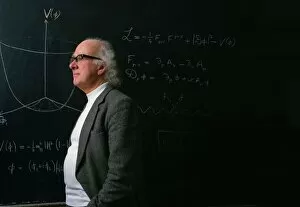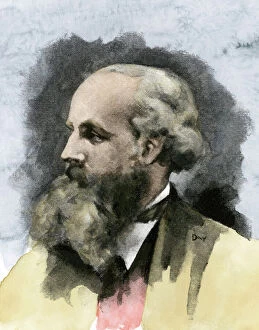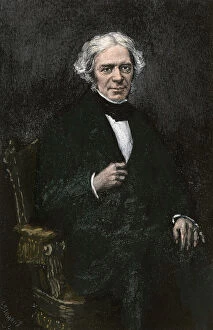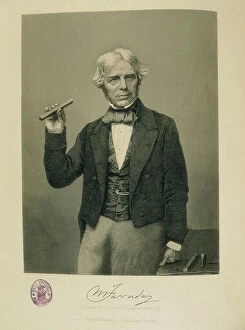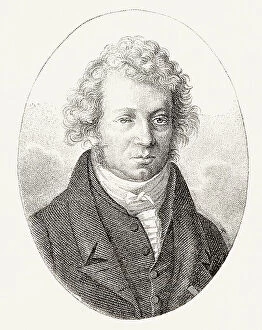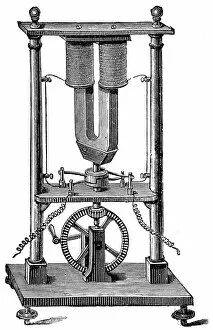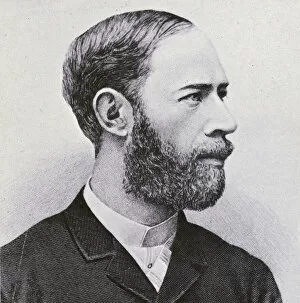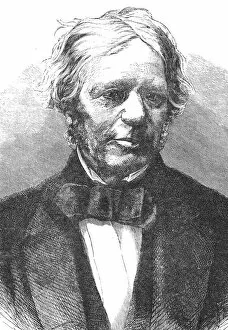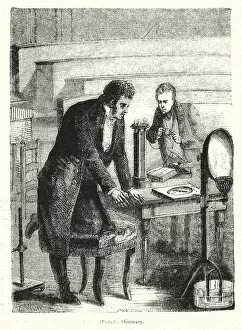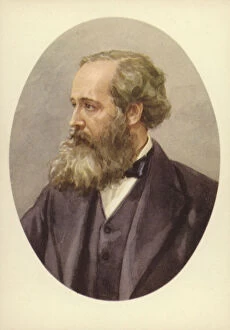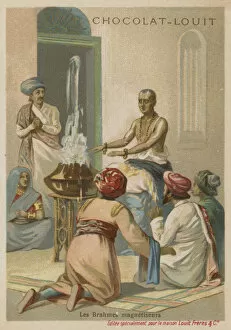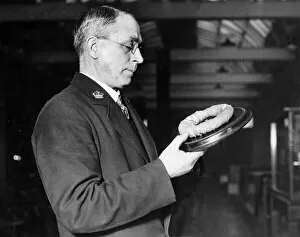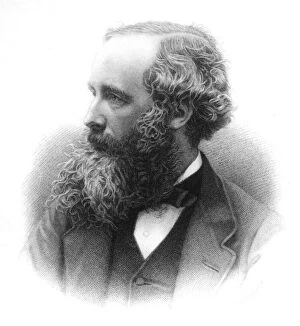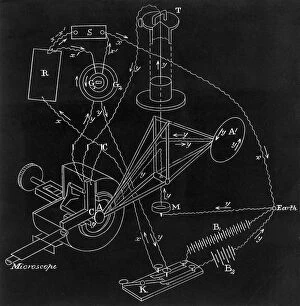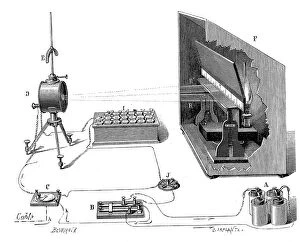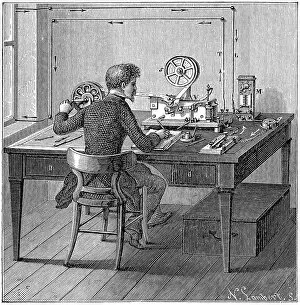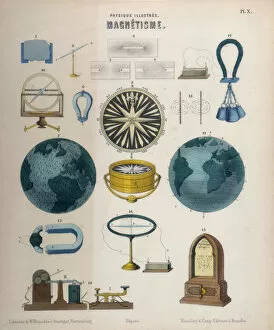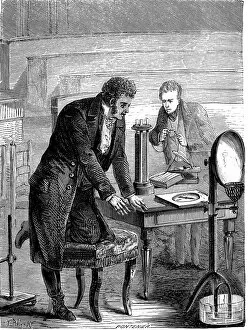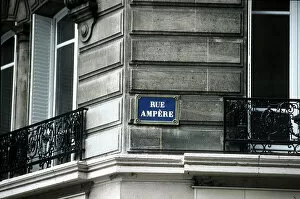Electromagnetism Collection
Electromagnetism, a captivating force that revolutionized the world of science and technology
All Professionally Made to Order for Quick Shipping
Electromagnetism, a captivating force that revolutionized the world of science and technology. It all began with the brilliant mind of James Clerk Maxwell, whose groundbreaking equations unified electricity and magnetism into one elegant theory. As we delve into this captivating realm, let's explore some key figures who shaped our understanding. Firstly, we encounter Prof. Peter Higgs, renowned for his contributions to particle physics and the discovery of the Higgs boson. His work beautifully intertwines with electromagnetism, unraveling deeper mysteries within the universe. Moving on to practical applications, imagine an electromagnetic crane effortlessly lifting scrap steel for recycling at Pacific Steel. This marvel showcases how electromagnets have become indispensable in various industries today. But let us not forget Hippolyte Pixii's ingenuity in building the first magnetoelectric motor back in 1832 (c1890). This invention laid the foundation for countless electrical devices that surround us daily. Intriguingly enough, it was Michael Faraday—an English scientist—who paved the way for modern electromagnetism through his experiments on electromagnetic induction. His discoveries opened up new frontiers and forever changed our technological landscape. Delving further into history reveals Hans Christian Oersted—a Danish physicist and chemist—who stumbled upon electromagnetism by observing how electric currents affect magnetic needles' behavior. This accidental revelation sparked a scientific revolution that continues to shape our lives today. Another luminary worth mentioning is Heinrich Hertz—his engraving immortalizes him as he conducted groundbreaking experiments confirming Maxwell's theories on electromagnetic waves. These findings ultimately led to revolutionary advancements like wireless communication systems. Returning once again to Michael Faraday—his tireless efforts solidified his status as one of history's greatest scientists. His profound understanding propelled humanity forward and earned him rightful recognition as a pioneer in this field. Lastly, we cannot overlook James Clerk Maxwell—the Scottish theoretical physicist whose colorful lithograph captures his brilliance.


